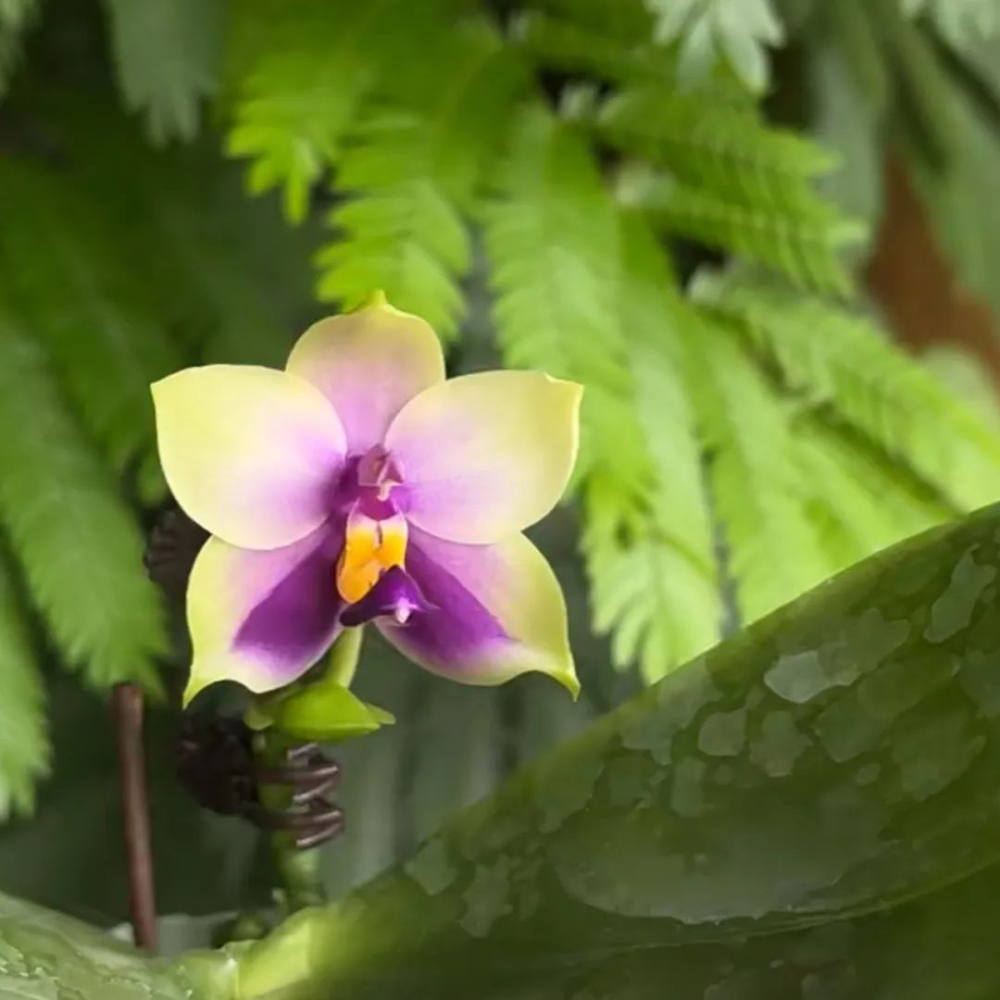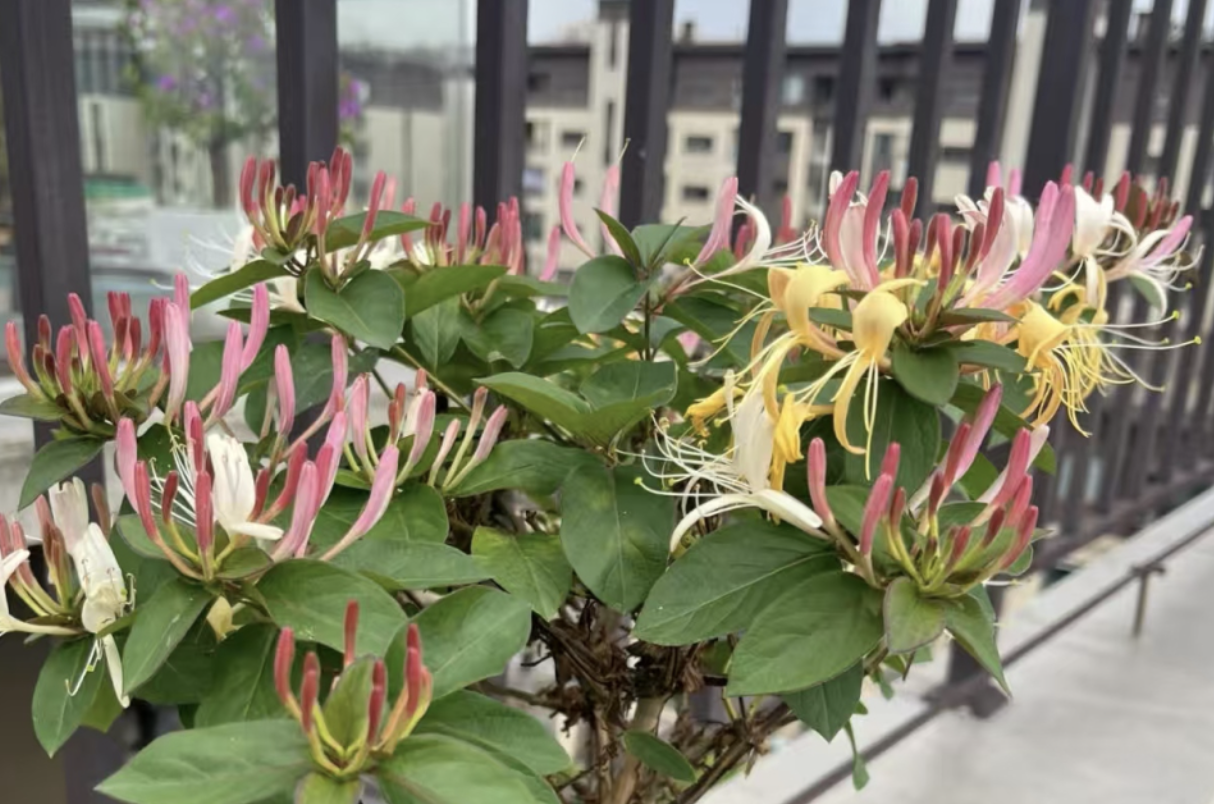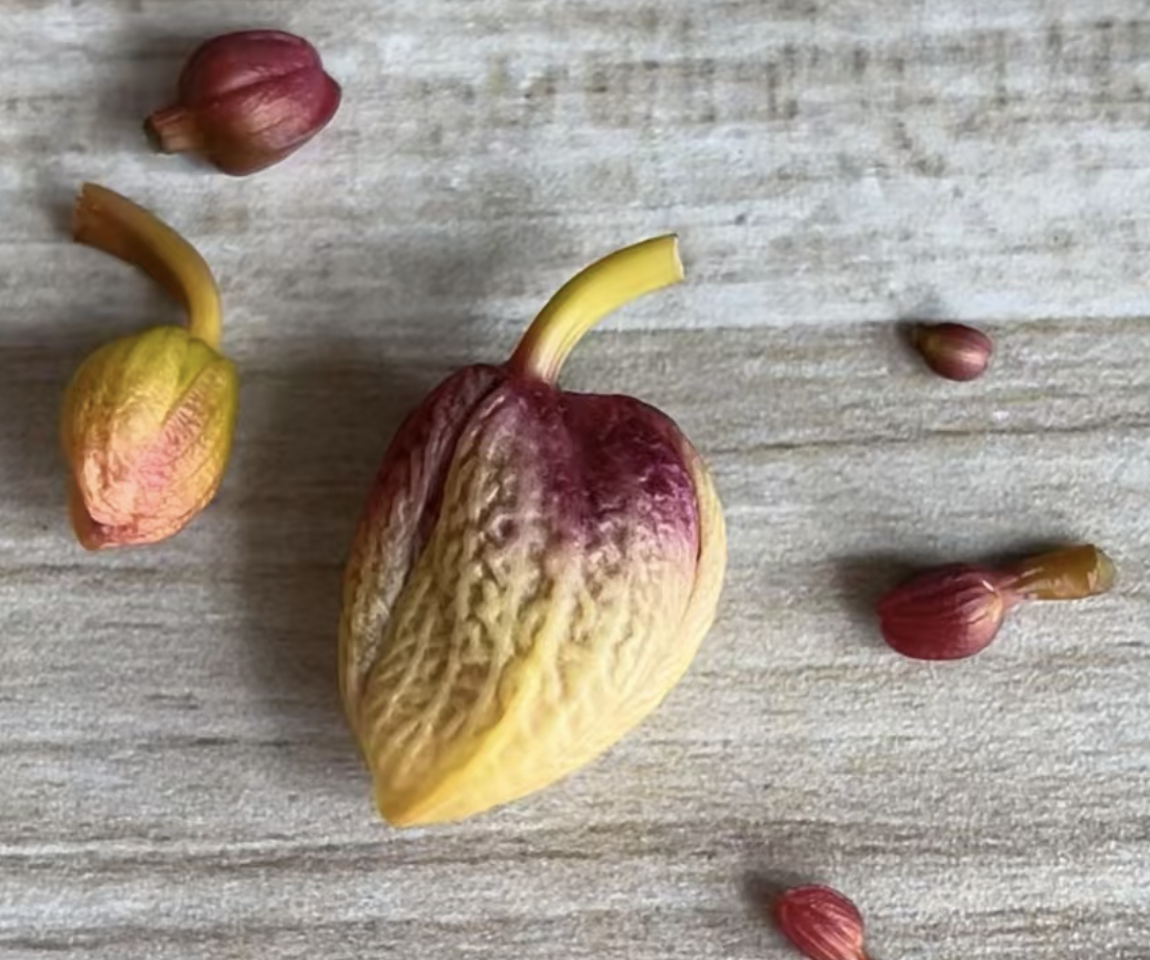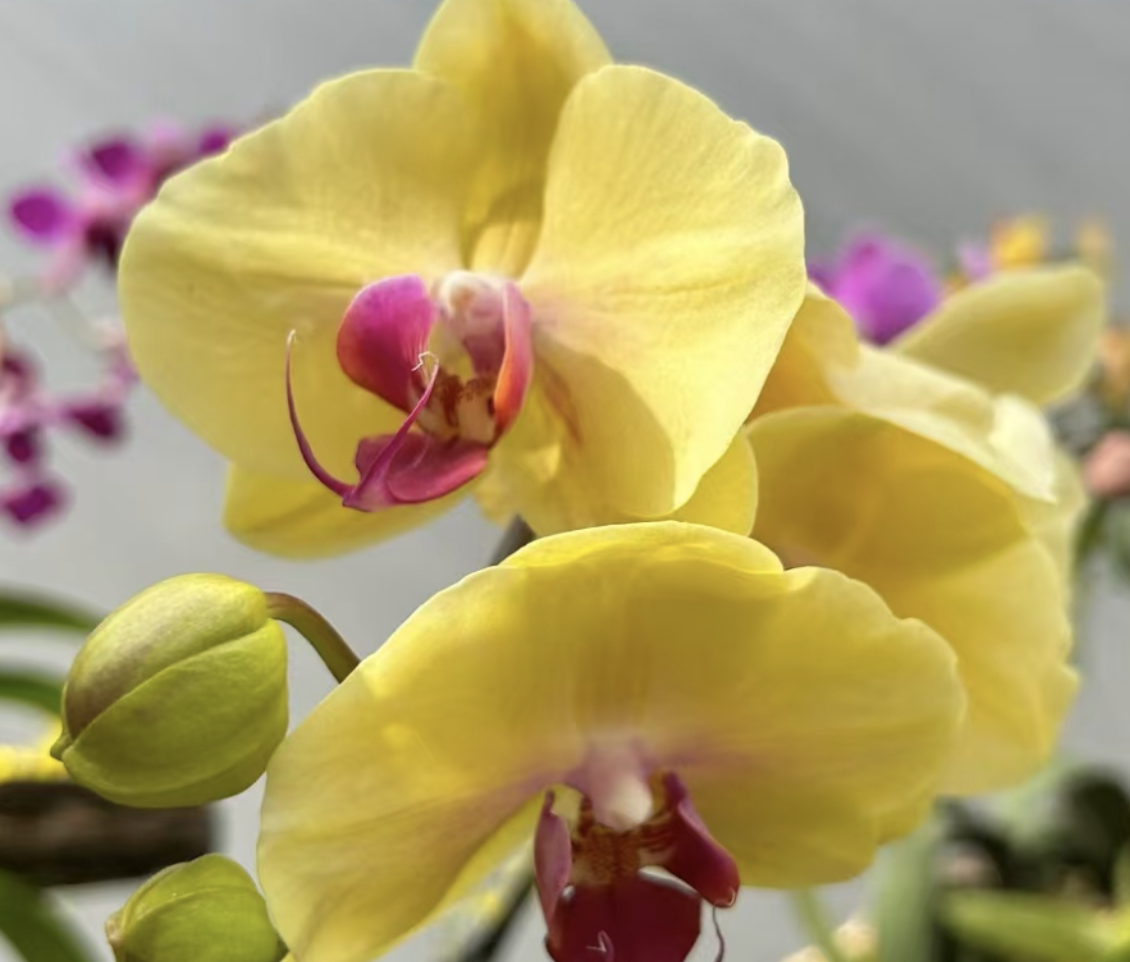Today, I'm here to introduce a charming orchid - Phalaenopsis Blue Bellina.
Phalaenopsis Blue Bellina has a unique and elegant flower shape. Its petals present a deep and charming blue color, as if they were the twinkling stars in the night sky. The texture of the petals is fine, and the touch is soft, as smooth as silk.
Then, here comes the question that everyone is most concerned about. Is it easy for Phalaenopsis Blue Bellina to produce flower spikes? Is it easy to take care of?
The answer is: It's relatively easy for Phalaenopsis Blue Bellina to produce flower spikes. As long as the maintenance methods are appropriate, create a suitable environment for it, and with careful care, the flower spikes will appear as scheduled.
Then how to judge whether it is about to produce flower spikes? Usually in the growing season, if you find small bamboo shoot-like protrusions emerging at the stem nodes of the plant, it is most likely a flower spike!
Next, let's talk about maintenance. Phalaenopsis Blue Bellina is actually not too difficult to take care of, but it does require some tips.
In terms of light: It prefers bright scattered light, but too much of a good thing can be bad. Phalaenopsis Blue Bellina likes that soft and non-glare light. Remember to avoid direct sunlight, otherwise its delicate leaves are very likely to be sunburned.
In terms of temperature: The suitable temperature is between 18 - 28 degrees Celsius, which can not only ensure its normal growth and metabolism, but also allow it to accumulate energy in the most suitable environment. In winter, when the temperature drops, be sure to take good insulation measures. Never let it freeze, as it may lead to growth stagnation or even frost damage.
When watering, pay attention: Master the principle of "water when dry and stop when wet". Absolutely no water accumulation should be allowed, otherwise it is easy to cause root rot. You can determine the watering time by checking the dryness and wetness of the planting material.
Ventilation is very crucial: A good ventilation environment is extremely crucial for its growth. Ventilation can effectively reduce the occurrence of pests and diseases, allowing it to thrive in a fresh and healthy environment.
The key points of fertilization: During the vigorous growth season, you can regularly apply some dilute liquid fertilizer for it. But pay attention to controlling the concentration and frequency to avoid the burden caused by excessive fertilization.
The prevention and control of pests and diseases cannot be forgotten: Regularly and carefully inspect every corner of the plant. Once pests and diseases are found, they must be dealt with in time to avoid affecting growth and flowering.
Is Phalaenopsis Blue Bellina easy to maintain?

Share with
Tagged in :




Leave a Reply